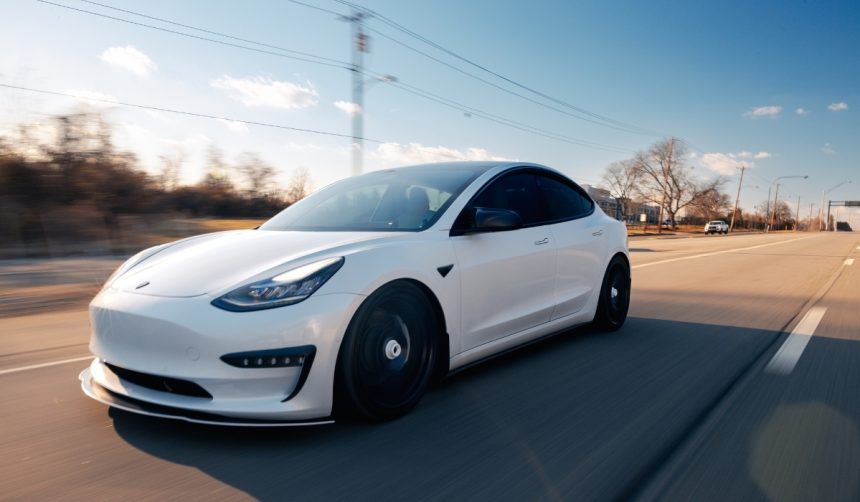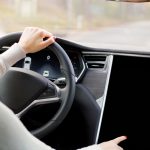Tipping fatigue has become a frequent topic of conversation in American society, particularly as requests for gratuities have appeared in unlikely places, including self-checkouts and food stalls. Tesla’s recent launches in both its Robotaxi ride-hailing service in the Bay Area and the Supercharger Diner in Los Angeles come at a time when many consumers feel pressure to add tips at every transaction. Amid this backdrop, Tesla’s “no tipping” policy has attracted attention, raising questions about labor compensation and customer experience. Against the context of tip culture debates, Tesla’s approach signifies a new direction in service payment expectations.
When Tesla introduced the Robotaxi pilot in Austin, riders noted that the app did not feature an option to leave tips. Attempts to tip after a ride are met with a humorous display featuring Tesla’s hedgehog mascot and a “Just Kidding” message, signaling a strict no-tipping stance. The same approach remains in place as the Robotaxi expands into the San Francisco Bay Area, despite speculation that tips might be enabled over time.
Why Has Tesla Adopted a No-Tipping Policy?
Tesla states that workers at the new Supercharger Diner receive compensation without needing tips, addressing concerns about service worker wages. A company notice at the diner reads,
“Gratuity: Tesla covers tipping for staff.”
This policy was publicly highlighted through multiple customer experiences, confirming that neither drivers nor diner staff accept gratuities.
How Does This Compare to Other Ride Hailing Services?
In contrast to Tesla, competitors like Uber routinely request tips—sometimes prompting users multiple times per interaction. This trend has expanded tipping expectations to services that previously did not seek gratuities. By eliminating customer-driven tips, Tesla positions its services differently, potentially removing a source of customer anxiety and simplifying the payment process. Referring to tipping culture generally, Tesla commented,
“We believe fair compensation should come directly from the company, not from guests.”
What Has Been the Consumer Reaction?
Videos shared on social media by Tesla customers underline the absence of tipping, sparking mixed discussions online. Some users welcome the clarity and relief from unwanted tipping prompts, while others wonder about the long-term impact on service quality and staff motivation. The zero-tipping policy is repeatedly emphasized both in physical locations and digitally through the Tesla app interface.
Earlier coverage of tipping in the gig economy focused on increasing expectations, with riders and diners often coerced or guilted into offering gratuities beyond traditional norms. Tesla’s no-tipping approach is a reversal of this pattern, especially in an era when tipping prompts have expanded to include drive-throughs and even vending machines. Previous scrutiny questioned whether tip-free models would harm worker earnings, but Tesla’s messaging insists on competitive wages paid directly by the company.
Tesla’s no-tipping stance for both Robotaxi and the Supercharger Diner eliminates the need for customers to make extra payments beyond a standard fee. For consumers fatigued by widespread tipping requests, this policy reduces uncertainty and unexpected costs, though questions persist about its influence on employee pay and overall service delivery. This ongoing discussion reflects evolving expectations and attitudes around compensation in American service industries. Businesses considering a similar model should evaluate both the social and financial implications, as consumer sentiment continues to shift in the highly visible context of the tipping debate. For individuals, knowing which businesses require or reject tips can help manage both budget and expectations when engaging with modern services.
- Tesla has eliminated tipping for Robotaxi and Supercharger Diner services.
- Staff receive compensation directly from Tesla, not from customer gratuities.
- Policy highlights ongoing shifts in America’s tipping and wage culture.










